Knights of the House of Fingolfin :


Take a look at what's going on, at The Town Crier!
This section allows you to view all posts made by this member. Note that you can only see posts made in areas you currently have access to.
Show posts Menu







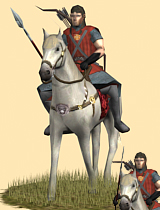












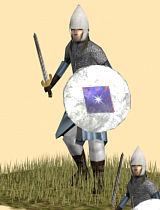


















































































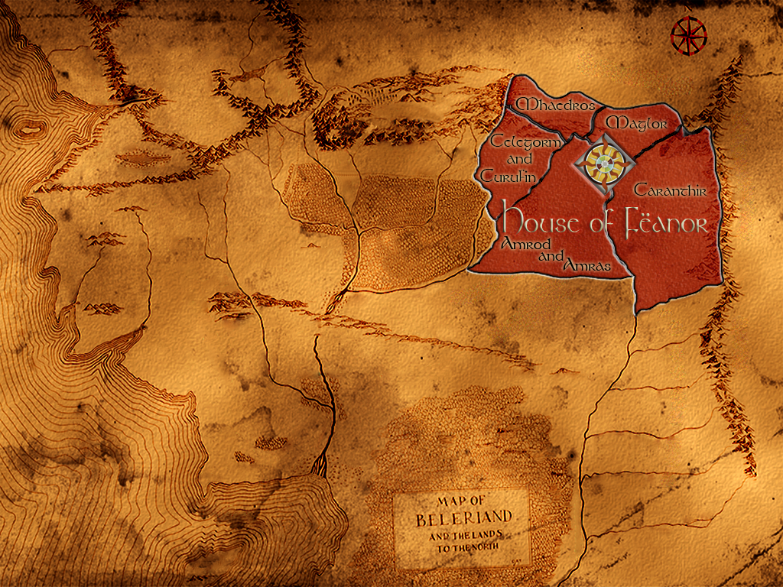































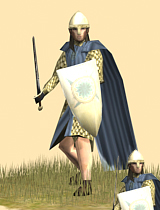


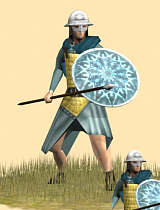






















































































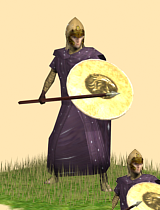















































































Quote from: Jubal on April 06, 2014, 10:49:24 PM
Bercor and Nelduin: could one of you write me some words for a frontpage post and PM them to me or CG? It would be good to have a front page announcement for Silmarillion TW coming to Exilian.
